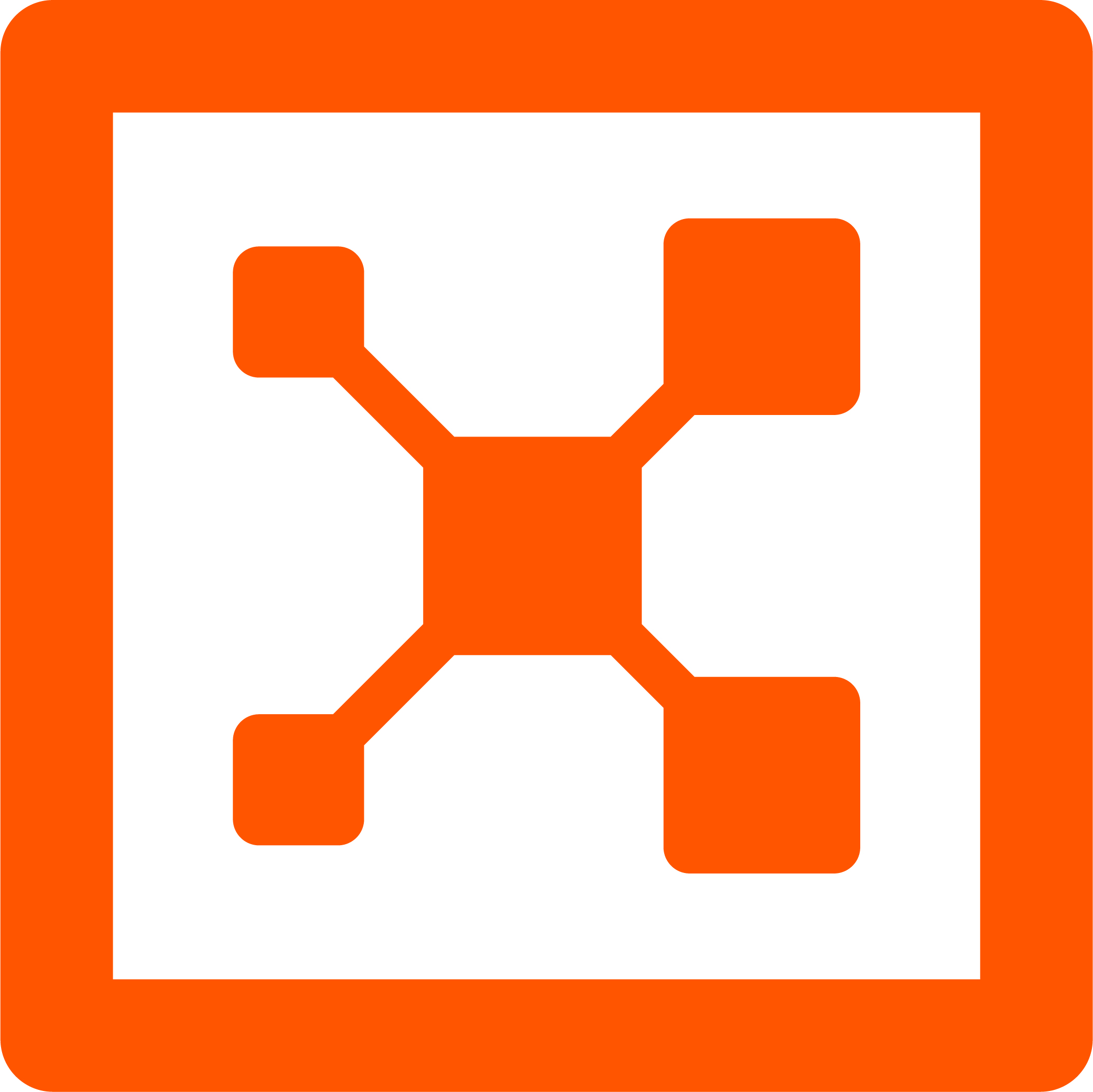The main use case for Illumio is providing micro-segmentation where we don't want to segment the network based on IP addresses but rather segment them based on roles, applications, and environments. Everything that we do from the segmentation point of view is based on the label. Based on the label, we prepare the policies, and then we do the segmentation, which gives us a more granular approach and limits the attack surface from happening. Now the attack surface is limited, and this will happen if any attack occurs; we stop the lateral movement of the attack because we have segmented the environment.
I am managing a project where the client needs Illumio, and we are helping with their environment on the segmentation approach. They have many applications in their environment, and we support them by understanding the environment and applications they have. When we have the full inventory of their applications, we ask them to do the labeling in Illumio based on information such as how many applications they have, what labels we have to give them, and under what categorization those labels should be. For example, which application should be part of this location, this role, this environment, and this application. Based on that, we have created an approach to help our client onboard the applications, wherein we have many activities happening. For example, we review their traffic, conduct ring-fencing, and understand what traffic goes through. After a few days, we understand the required traffic, based on that we draft the policy, have the policy review session, and then finally enforce the application. All of this occurs alongside the process from the client end; they follow all the processes, and we handle the technical part before finally enforcing the application.
Illumio is deployed in the cloud environment in Azure.
